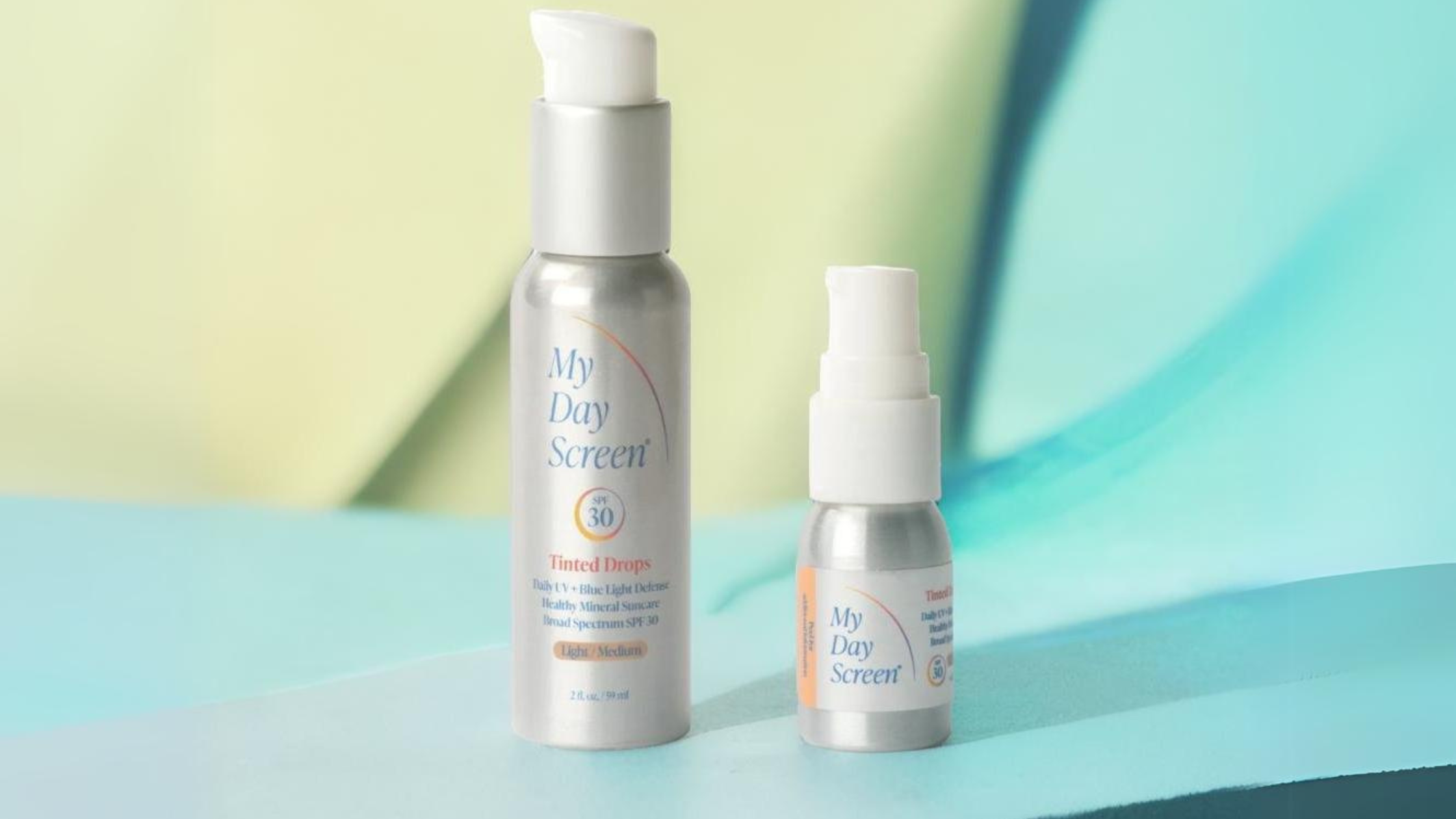Do you love a good trivia game? We have something for you, then. Below are ten sunscreen related statements. Guess if each statement is a myth or fact and see how many you answer correctly. Play and share this with your friends and family. And remember to stay sun safe all year long.
QUESTIONS:
- MYTH or FACT: Chemical sunscreen filters are deemed safe by the FDA
- MYTH or FACT: Most sunscreens are waterproof
- MYTH or FACT: The SPF # refers to the protection against sunburn
- MYTH or FACT: No UV light can travel through glass
- MYTH or FACT: Blue light is emitted from the sun and LED lights
- MYTH or FACT: Broad spectrum refers to reapplying sunscreen
- MYTH or FACT: Sunspots are considered cancerous
- MYTH or FACT: Mineral sunscreens are much less likely to harm coral reefs than chemical sunscreens
- MYTH or FACT: All sunscreens have an expiration date
- MYTH or FACT: You don’t need to reapply sunscreen often throughout the day
ANSWERS:
- MYTH: Only mineral sunscreen filters are designated as safe and effective by the FDA. The FDA is still investigating the safety of filters used in chemical sunscreens.
- MYTH: No sunscreens are considered waterproof because water and sweat can wash away sunscreen. Look for a sunscreen labeled water resistant with a timeframe of 40 minutes or 80 minutes.
- FACT: The higher the SPF, the greater percentage of UVB rays are filtered out. Always wear sunscreen with an SPF of 30 or higher for adequate protection from the sun's UVB rays. SPF30 blocks approx. 97% of UVB rays.
- MYTH: UVA light can travel through glass and can damage your skin with overexposure.
- FACT: Blue light from the sun is more intense than from our digital devices, but with prolonged exposure, the light emitted from our digital devices can cause skin damage. Play it safe by wearing blue light blocking glasses or UV blockage sunglasses and regularly apply sunscreen which has been tested to block blue light.
- MYTH: Broad Spectrum on a label means that the sunscreen was tested for UVA + UVB blockage.
- MYTH: Sunspots are flat, brown spots that appear on the skin due to sun exposure. They are noncancerous & don’t pose a risk but can start appearing around the age 40 or earlier due to the amount of sun exposure. To help prevent sunspots, avoid tanning beds and wear SPF regularly.
- FACT: Mineral sunscreens that use titanium dioxide or zinc oxide are much less likely to harm coral reefs than chemical sunscreens (e.g., Octinoxate and Oxybenzone). My Day Screen® suncare products use non-nano mineral filters which are reef-friendly.
- FACT: If you have a sunscreen bottle that's been around for 2 years or more, remember to toss it out. Sunscreen can lose its effectiveness over time. Shelf life can be up to 3 years. Look at the expiration date (stamped or imprinted) on the packaging.
- MYTH: Reapply sunscreen at least every two hours. Apply at least every 40 minutes if your skin is exposed to water and perspiration. Sunscreen can wear off over time.
My Day Screen® offers clean, healthy suncare that moisturizes and protects the skin barrier from UV rays and blue light exposure. Receive 20% off your first purchase by signing up with your email address and phone number on the My Day Screen® website (popup). Also, if you sign up to become a Rewards Member (Rewards widget on website) you can earn points towards free products and discounts! Membership is FREE!
